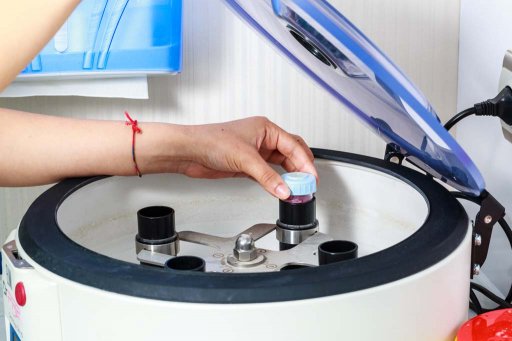
Osteoarthritis (arthritis) is the wear and tear of weight-bearing joints due to ageing. Osteoarthritis starts in the cartilage and affects the bone under the cartilage, the joint capsule and the ligaments around the joint. There is even thinning and hardening of muscles that cannot be used due to pain. The knee is one of the most weight-bearing joints of the body and therefore one of the joints most affected by arthritis.
Osteoarthritis mostly starts from the joints on the inside of the knee and affects other joints. However, three joints in the knee are usually affected together.
Gonarthrosis occurs in middle and old age. It is more common in women over 50 years of age. The disease can also occur at an earlier age. Patients are usually overweight. The most important causes are previous joint operations, traumas, sports injuries, inflammatory rheumatism and some congenital disorders.


Knee arthritis occurs as a result of wear of the cartilage structures in the knee. Cartilage structure deteriorates due to reasons such as genetic predisposition, excess weight, rheumatism and trauma.
Patients whose pain-free walking distance falls below 300 meters due to arthritis and whose pain increases at night need knee replacement surgery.
After knee replacement surgery anesthesia, an incision is made to access the knee joint. Worn cartilage tissues are cleaned and removed and suitable prosthetic parts are placed. The surgical duration of the surgery is between 45 minutes and 1 hour. It takes an average of 2 - 2.5 hours to enter and exit the operating room.
Patients are walked one day after surgery. One or two days after the surgery, we let our patients go up and down the stairs.
The life of the implanted prosthesis lasts an average of 25 years. This period may vary depending on weight status and use of the knee.
The average surgical scar is 15 cm. Since aesthetic stitches are applied, there is no need to remove stitches. After discharge, dressing needs to be done every 3 days.
The patient, who is operated on by an experienced team due to knee arthritis, is followed up in the hospital for an average of 2-3 days. The necessary medications will be administered to you by the nurses to ensure that you go through the post-operative period with minimal pain. On the day of surgery, your x-rays will be taken and the prostheses placed on your kneecap will be evaluated radiologically by our team and you will be informed.
After the surgery, your pain will largely disappear. Over time, as your body gets used to the prosthesis, you will have a completely painless knee joint.
Knee osteoarthritis is the result oferosion of cartilaginous structures in the knee. Due to reasons of geneticpredisposition, excess weight, rheumatology diseases and trauma, the cartilagestructure is destroyed.
There are two ant reasons forknee arthroplasty. 1- The painless walking distance ofthe patient decreases below 300 meters, 2- Gradually increasing pain at night
The pain decreases in our patientswho lose weight. Because our knees carry our body weight.
Walking may be good, but it isharmful to walk on for over 45 minutes. An orthopedic shoe should be preferredwhen walking. Walking should be done on flat grounds.
The duration of the surgery is 45minutes to 1 hour. Entry to and exit from the operating room lasts an averageof 2 - 2.5 hours.
One day after the operation,patients can be mobilized with a walker.
A day or two days after theoperation, our patients can go up and down the stairs.
On the day of surgery, you arehospitalized and you will stay an average of 2-3 days in the hospital.
Physiotherapy is not needed if theexercises shown after surgery are performed regularly. In rare cases ofoverweight and elderly patients, physiotherapy may be needed.
It is not a situation which wenormally see. In overweight, very old and severe osteoporotic patients, or inthe event of a fracture during surgery, it is rare for the patient can be ableto stand after for long periods of time.
Most of your pain will stop , overtime, as you become familiar with the body prosthesis, you will have anentirely painless knee joint.
It is made of polyethyleneimpregnated with cobalt chrome and E vitamins.
It lasts about 25 years. This timecan vary depending on the weight status and the use of the prosthesis.
Your height-weight ratio isant for surgery. Very overweight patients are recommended to lose weight.It is also ant for your knee health to gain the ideal weight in thepostoperative period. It also prolongs the survival of the prosthesis.
Of course you can. Revisionsurgeries to be performed by an experienced team have a high chance of success.
You should have a companion duringhospital stay.
In general, we do ourhospitalization early morning on the day of surgery and we do the operation 2-3hours after the hospitalization.
After discharge from hospital, yoursurgery site is covered with non-wetting special dressing materials and you cantake a shower when you go home.
After 4-6 weeks on average.






















